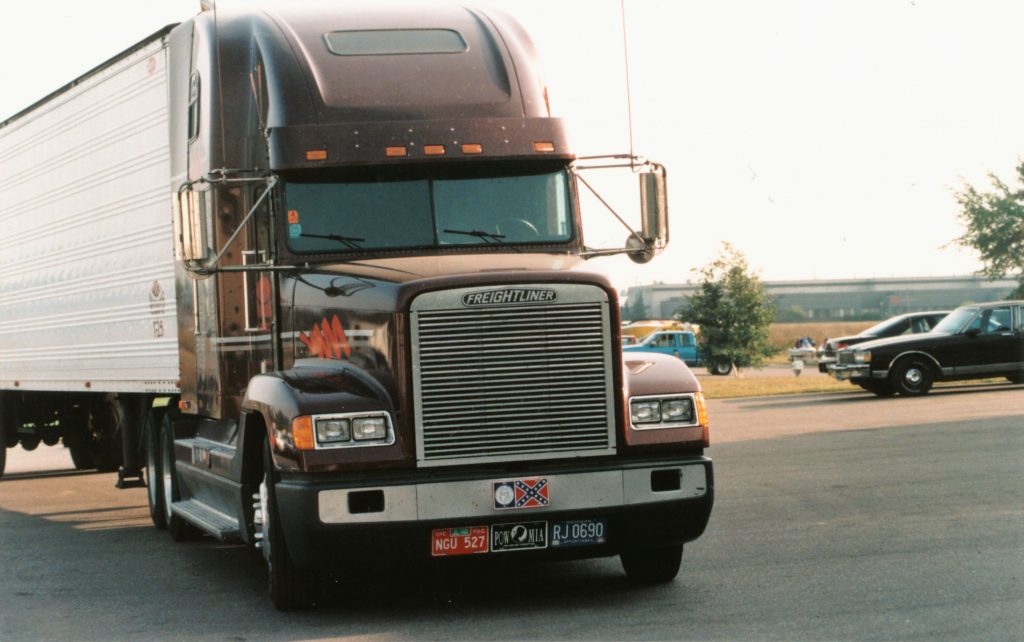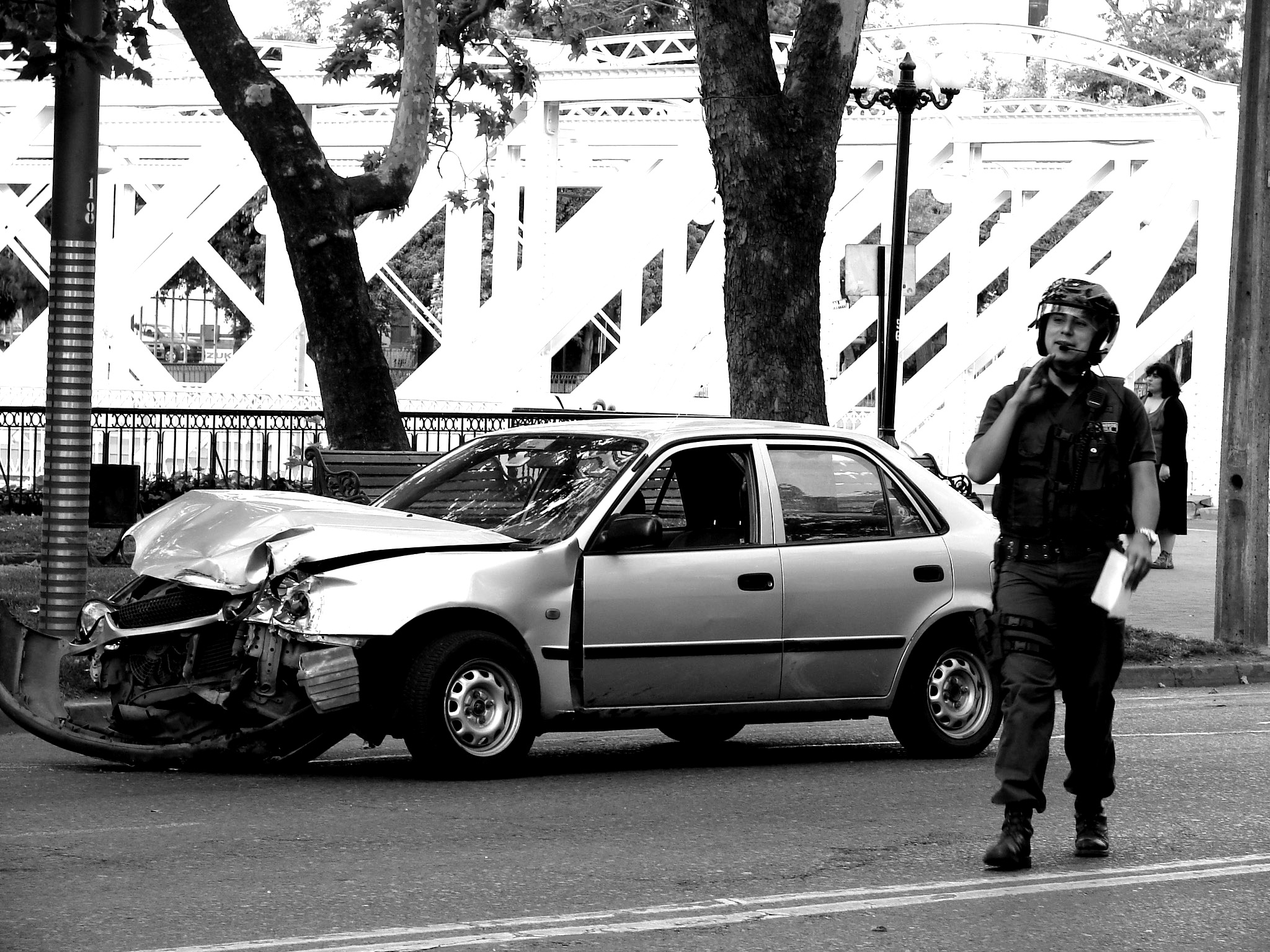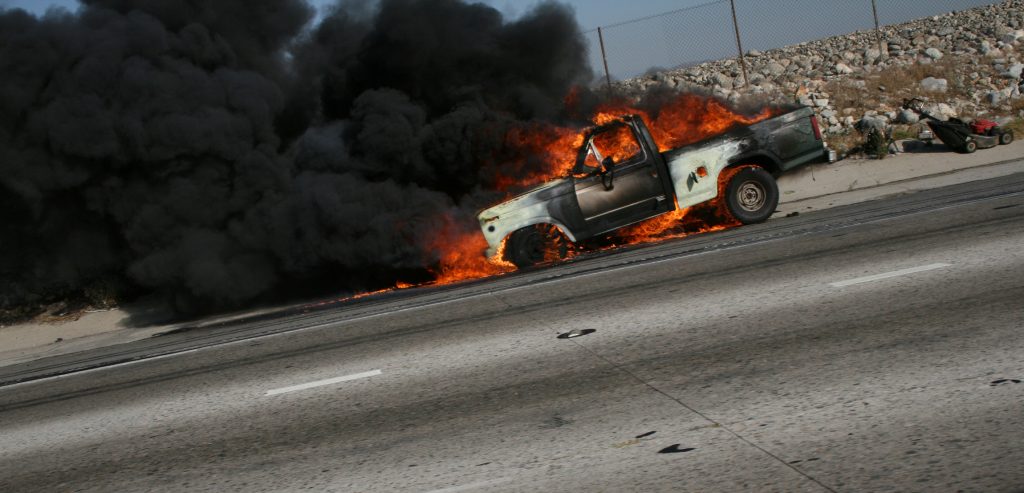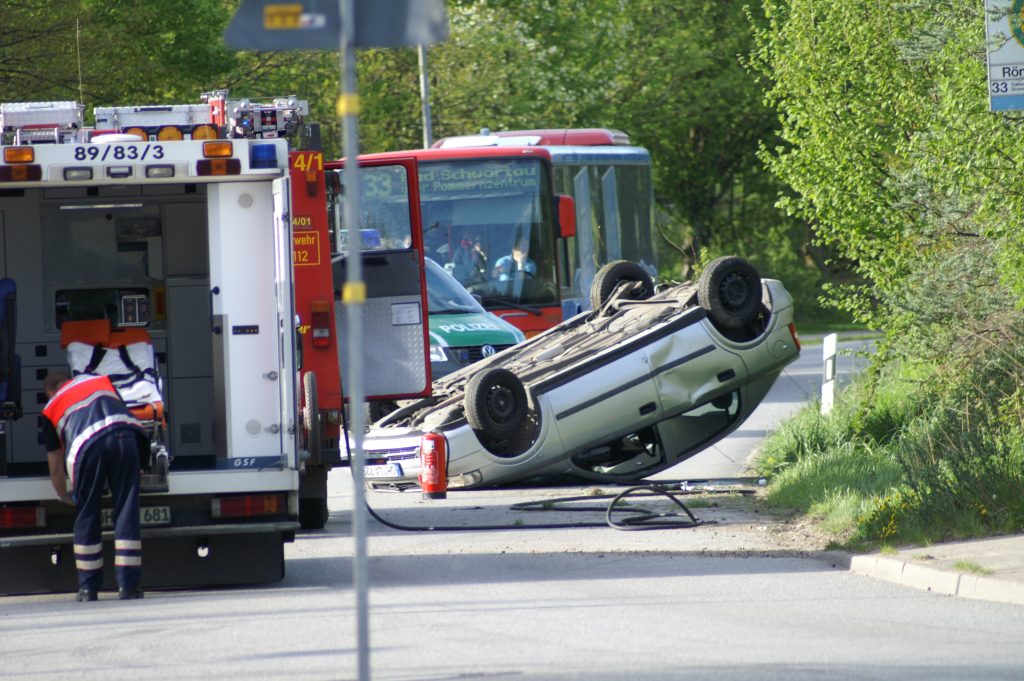 In legal matters, there is generally always a time frame in which certain actions must be taken. Failing to bring an action in the allotted time may bar a person from filing a lawsuit. Once the specified time period has passed, the plaintiff is no longer able to file a lawsuit or claim. In other states this time limitation is called the statute of limitations; however, in Louisiana, it is called Prescription. Usually, the prescriptive period for filing a lawsuit is one year. La. C.C. art. 3492. Additionally, if a lawsuit is filed but is not filed according to certain procedural guidelines, the plaintiff may also be barred from going forward with their lawsuit, irrespective of whether it was filed within the one year prescriptive period. In either instance, opposing council may file an Exception of Prescription.
In legal matters, there is generally always a time frame in which certain actions must be taken. Failing to bring an action in the allotted time may bar a person from filing a lawsuit. Once the specified time period has passed, the plaintiff is no longer able to file a lawsuit or claim. In other states this time limitation is called the statute of limitations; however, in Louisiana, it is called Prescription. Usually, the prescriptive period for filing a lawsuit is one year. La. C.C. art. 3492. Additionally, if a lawsuit is filed but is not filed according to certain procedural guidelines, the plaintiff may also be barred from going forward with their lawsuit, irrespective of whether it was filed within the one year prescriptive period. In either instance, opposing council may file an Exception of Prescription.
An Exception of Prescription is a motion which asks the court to dismiss the lawsuit due to not bringing the lawsuit timely or failing to abide by procedural rules. The failure to follow procedural guidelines, became the center of the controversy in the Fourth Circuit case of Richard Lewis v. Robert Constigan Flowers and Nationwide Mutual Insurance Company. Lewis v. Costigan, et al. 2015.
In this Orleans Parish case, the initial controversy arose from a vehicle collision between Robert Lewis and Robert Costigan Flowers. Mr. Lewis filed a Petition for Damages on April 21, 2014 via facsimile. According to Mr. Lewis’ counsel, the documents were sent to the Clerk of Court on April 25, 2014. However, on May 1, 2014, ten days after the facsimile transmission, the Clerk of Court stamped the original documents when they processed the filing fees.
 Louisiana Personal Injury Lawyer Blog
Louisiana Personal Injury Lawyer Blog


 There are two sides to every story — and to every lawsuit. In many lawsuits, each side’s story is plausible, and the trial court’s decision ultimately comes down to which story was
There are two sides to every story — and to every lawsuit. In many lawsuits, each side’s story is plausible, and the trial court’s decision ultimately comes down to which story was 
 When a person is injured and left in a condition where they cannot handle their legal claims, their family may act on the incapacitated person’s behalf. If a family member is handling claims on behalf of the incapacitated, it is very important for them to find a good lawyer to help navigate the legal processes. The following appeal of a lawsuit arising out of New Orleans discusses what can occur when multiple lawsuits are filed as a result of disastrous injuries caused by an eighteen wheeler.
When a person is injured and left in a condition where they cannot handle their legal claims, their family may act on the incapacitated person’s behalf. If a family member is handling claims on behalf of the incapacitated, it is very important for them to find a good lawyer to help navigate the legal processes. The following appeal of a lawsuit arising out of New Orleans discusses what can occur when multiple lawsuits are filed as a result of disastrous injuries caused by an eighteen wheeler. Being involved in an automobile accident or sustaining a serious injury can be very overwhelming. This is especially true if the accident was someone else’s fault. Although one may be disoriented after an automobile accident, it is pertinent that he/she follows all the necessary steps to ensure that the accident or injury is well documented. One’s first instinct may be to try to minimize the gravity of the situation; however, it is important to understand that a personal injury may have been sustained even if the symptoms are not immediately visible. One never knows if they will have a problem down the road from an injury sustained from the automobile accident, and therefore, a great attorney knows that their client will need proof and documentation to prove that the problem stems directly from the said automobile accident.
Being involved in an automobile accident or sustaining a serious injury can be very overwhelming. This is especially true if the accident was someone else’s fault. Although one may be disoriented after an automobile accident, it is pertinent that he/she follows all the necessary steps to ensure that the accident or injury is well documented. One’s first instinct may be to try to minimize the gravity of the situation; however, it is important to understand that a personal injury may have been sustained even if the symptoms are not immediately visible. One never knows if they will have a problem down the road from an injury sustained from the automobile accident, and therefore, a great attorney knows that their client will need proof and documentation to prove that the problem stems directly from the said automobile accident. 
 On the back roads of Louisiana it is not uncommon to see tractors and other farm equipment traversing the highway. If that farm equipment is involved in an accident with a car everyone involved might have a different story on how it occurred. If that happens it takes the best lawyers to help the court figure out who is at fault. The following case out of Livingston Parish shows how the courts deal with opposing views of fault in cases where cars and tractors collide.
On the back roads of Louisiana it is not uncommon to see tractors and other farm equipment traversing the highway. If that farm equipment is involved in an accident with a car everyone involved might have a different story on how it occurred. If that happens it takes the best lawyers to help the court figure out who is at fault. The following case out of Livingston Parish shows how the courts deal with opposing views of fault in cases where cars and tractors collide.